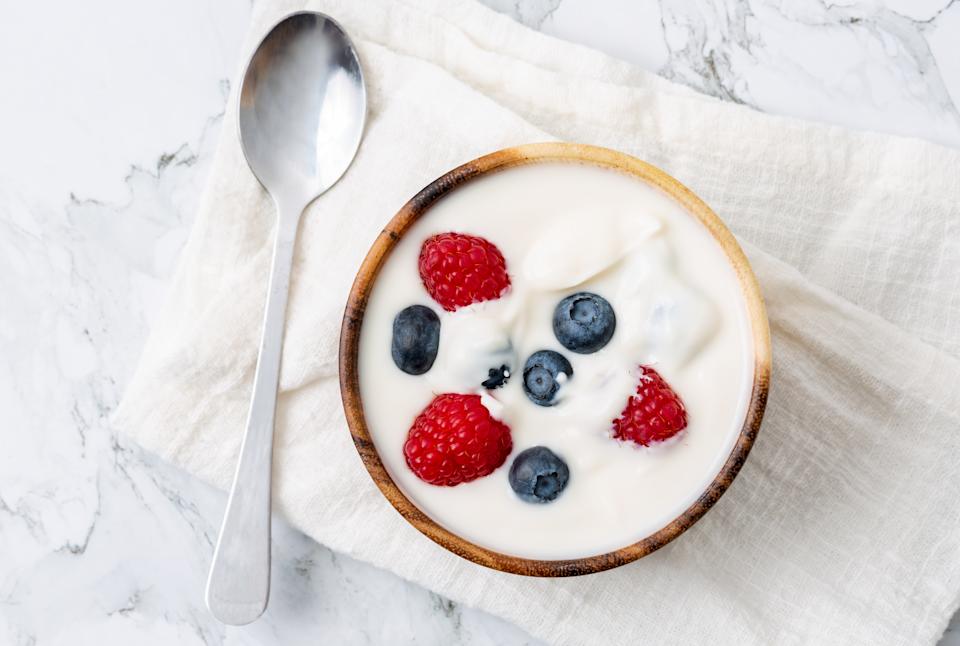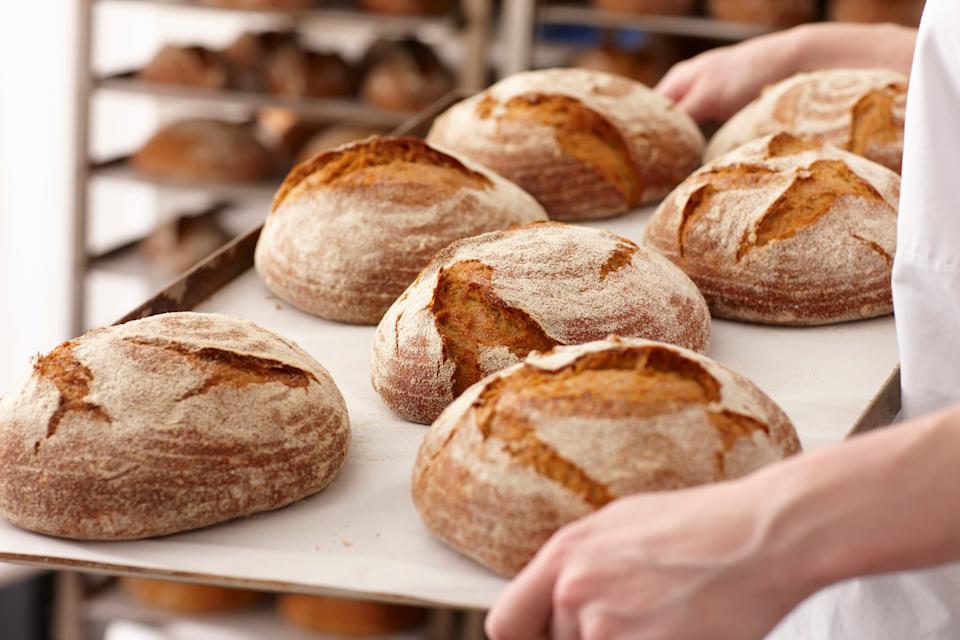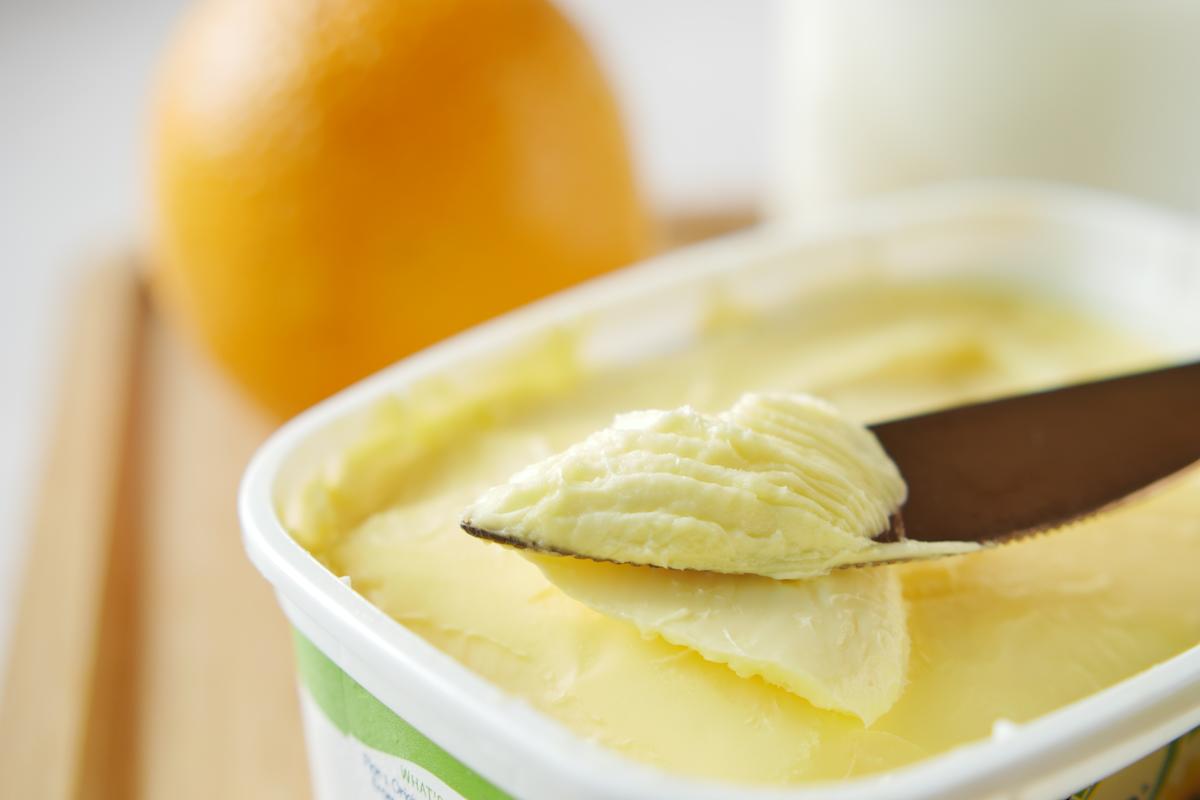Ultra-processed foods (UPFs) have become the most talked about health topic of recent times, with an uptick of nutrition studies linking them to everything from obesity and type 2 diabetes to depression and anxiety.
Case in point: just this week, a study from the American Academy of Neurology linked those who eat higher levels are UPFs with a higher likelihood of developing the early signs of Parkinson’s disease.
The study, which analysed years of health and diet data on nearly 43,000 people, isn’t conclusive proof that ultra-processed foods cause Parkinson’s, but it does highlight an association between diet and the incurable condition, which is typically marked by symptoms like tremors and muscle stiffness.
In light of these findings and countless other concerning headlines, you might be wondering how you can safely cut down your intake of overly processed foods. The good news? It turns out, you don’t need to cook every meal from scratch to get your UPF count down.
Often, there are simple switches we can make at the supermarket that can lower our reliance on foods that contain lots of additives and sweeteners. The key is knowing where to spend your money.
1. Swap Greek-style yogurt for authentic Greek yogurt
High in protein and probiotics, yogurt is a staple of the Mediterranean diet and has a solid reputation as a good, healthy food choice.
But not all tubs of the creamy stuff are made equal, and mistakenly picking up the wrong variety could be unnecessarily introducing extra preservatives into your diet.
Unlike its authentic counterpart, Greek-style yoghurt often contains hidden stabilisers, gelatine and gum blends to thicken its consistency and quicken the straining process. Greek yoghurt, meanwhile, contains just one staple ingredient: cow’s milk.
Frustratingly, dairy can be one of the most misleading aisles in the supermarket, so if you’re in doubt, make sure to flip the pot to check the ingredients before you commit to buying.

Add fruit and honey to naturally sweeten Greek yoghurt rather than buying Greek-style yoghurts. (Getty Images)
2. Opt for whole butter over margarine
Margarine is often touted as a healthier alternative to butter, as it contains much less saturated fat than blocks of the traditional spread. However, the yellow stuff also comes loaded with extra ingredients such as emulsifiers and artificial colours, and is considered an ultra-processed food.
For this reason, it may be an area of concern if you’re keen to cut down on additives.
That said, the butter vs. margarine debate isn’t totally clear cut, as the latter has a much healthier fat profile, containing at least 50% lower unhealthy saturated fat than butter.
So, if you have high blood cholesterol or you eat lots of saturated fat elsewhere in your diet, it’s worth speaking to your doctor or a nutritionist before making the regular switch.
3. Hit up the bakery for your bread
Nothing beats dunking a freshly toasted hunk of bread into olive oil, but if you’re keen to avoid extra processing in your loaf, skip the plastic-wrapped varieties and head to the supermarket bakery instead.
Freshly baked breads, especially artisan or homemade varieties, tend to use simpler, whole ingredients and minimal additives, while mass-produced, pre-sliced types are often loaded with preservatives like calcium propionate, potassium sorbate and sorbic acid to reduce mould in transit.
If you really want to amp up the gut health benefits, opt for sourdough as your sandwich base of choice, as it contains high amounts of fibre and anti-inflammatory polyphenols.

Freshly-baked breads tend to use far fewer ingredients. (Getty Images)
4. Choose plain oats over flavoured instant oats
Flavoured instant oatmeal sachets might seem like a healthy breakfast choice, but they often contain added sugars, artificial flavourings and stabilisers to increase their shelf life and add a sweet kick.
A simple switch to plain rolled oats or steel-cut oats gives you the same satiating breakfast without any of the dubious, hard-to-pronounce ingredients.
If you don’t want to sacrifice the sweetness, you can add your own fruit, honey, cinnamon or nut butter as an extra treat. An added bonus is it tends to work out cheaper per serving, too.
5. Pick dark chocolate with a high cocoa content over standard milk chocolate bars
Chocolate isn’t completely off-limits when you’re cutting down on ultra-processed foods, but the type you throw into your shopping basket matters.
Many mainstream milk chocolate bars are packed with emulsifiers, flavour enhancers and processed vegetable oils, which are all major hallmarks of UPFs.
When restocking your treat drawer, look for bars of dark chocolate with at least 70% cocoa solids and a shorter ingredient list on the back of the pack. The higher cocoa content means you’ll be reaping more protective antioxidants with each square, as well as essential minerals like like magnesium, iron and zinc.
Read more on UPFs:
